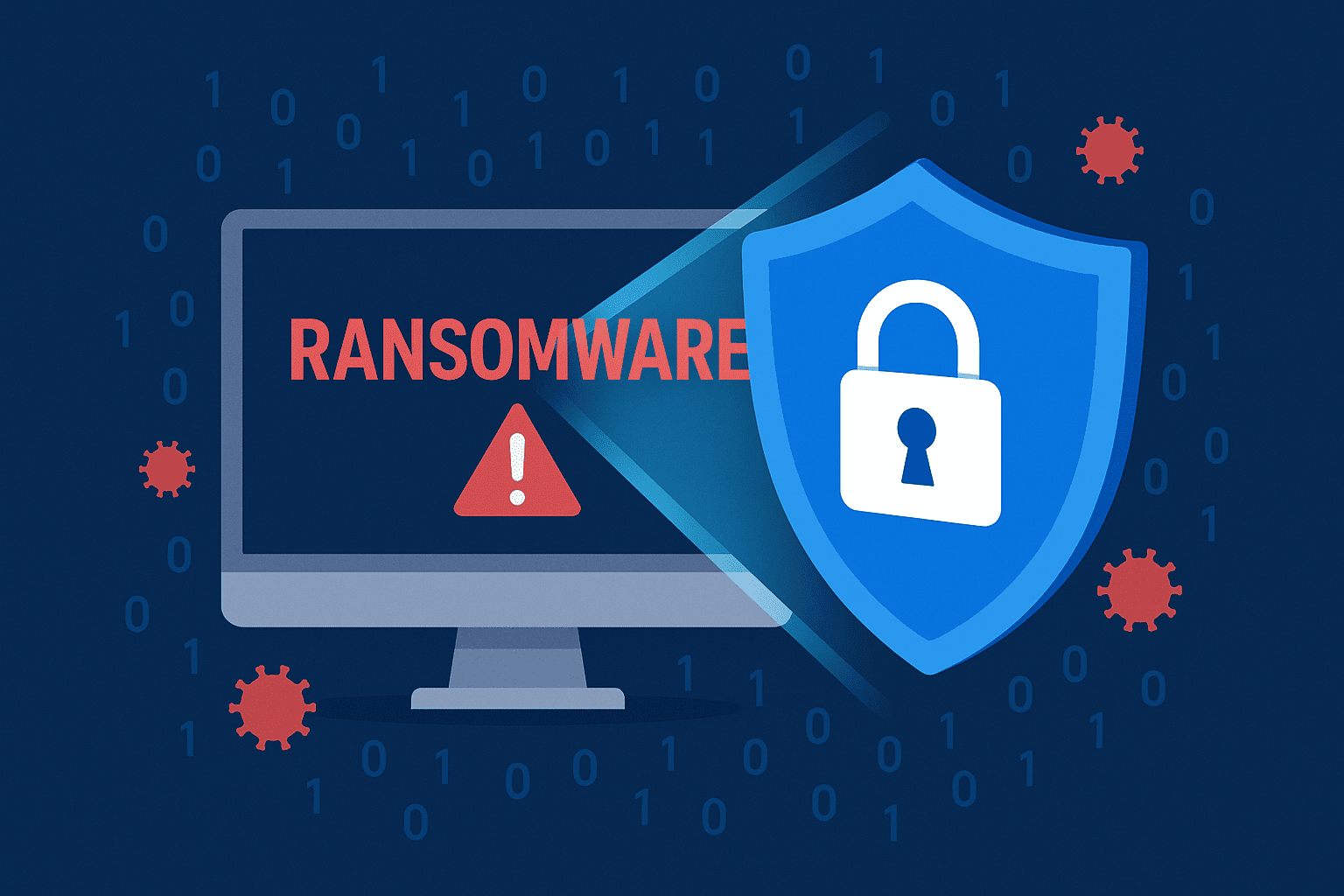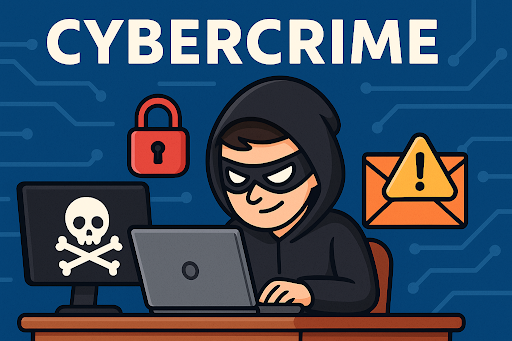What Is the Internet of Things?
Updated on June 23, 2025, by Xcitium
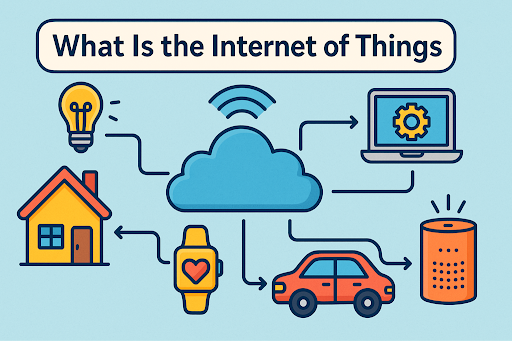
Did you know over 29 billion connected IoT devices are expected by 2030? From smartwatches to self-regulating industrial machines, the Internet of Things (IoT) is revolutionizing the way we live and work. If you’ve ever wondered what is the Internet of Things, you’re not alone. In this article, we’ll demystify IoT, explore examples, discuss its impact across industries, and show why it’s so critical for online security and business.
What Is the Internet of Things (IoT)?
The Internet of Things (IoT) refers to the network of physical objects—“things”—that are embedded with sensors, software, and connectivity, allowing them to collect and exchange data via the internet.
What Is the Internet of Things in Computer Terms?
In computing, IoT connects embedded systems, microcontrollers, and sensors to cloud platforms, enabling real-time automation and analytics.
IoT Definition and Examples
IoT Definition: The Internet of Things is a digital ecosystem where physical devices interact autonomously with each other and central systems.
Common Examples:
- Smart Homes: Thermostats, lighting systems, and security cameras
- Wearables: Smartwatches, fitness trackers
- Healthcare: Remote patient monitors, insulin pumps
- Industry: Predictive maintenance systems, connected logistics
- Retail: Smart shelves, inventory sensors
Characteristics of IoT
What makes IoT different from standard internet-connected systems?
Key Characteristics:
- Connectivity: Devices link via Wi-Fi, Bluetooth, or cellular networks
- Automation: Minimal human intervention
- Scalability: Supports billions of nodes
- Data-Driven: Real-time data generation and feedback loops
- Security: Must be resilient against cyber threats
Applications of IoT Across Industries
IoT is not just about convenience—it drives innovation in nearly every field.
1. Healthcare
- Wearable devices for vitals tracking
- Smart beds and medicine dispensers
2. Manufacturing (Industrial IoT or IIoT)
- Real-time equipment monitoring
- AI-powered production analytics
3. Agriculture
- Soil sensors for moisture and nutrient levels
- Drone-based crop health surveillance
4. Smart Cities
- Traffic flow systems
- Smart waste management
- Energy-efficient street lighting
5. Cybersecurity & IT Infrastructure
- Intrusion detection sensors
- Network monitoring devices
Importance of IoT in Modern Business
Understanding the importance of IoT is essential for digital transformation.
Business Benefits:
- Operational Efficiency: Automate and streamline manual tasks
- Cost Reduction: Reduce energy and maintenance costs
- Customer Insights: Capture behavioral data for personalization
- Agility: Adapt to market demands faster
- Predictive Maintenance: Prevent downtime before it happens
Challenges & Risks of IoT
Despite the advantages, IoT adoption comes with risks.
Top Concerns:
- Data Privacy: Massive amounts of personal data are at risk
- Cybersecurity: Devices are vulnerable to malware and botnets
- Interoperability: Different vendors may lack standardization
- Scalability Issues: Managing millions of devices is complex
Best Practices for IoT Security
If you’re deploying IoT in a business or home environment, keep these safety tips in mind:
Tips:
- Change default passwords on all devices
- Regularly update firmware
- Use network segmentation
- Employ endpoint protection like EDR
- Monitor device logs and analytics
FAQs: What Is the Internet of Things?
1. What is the Internet of Things in simple words?
IoT is a system of internet-connected devices that collect and share data automatically.
2. What are some real-world IoT examples?
Smart thermostats, fitness trackers, connected cars, and industrial robots.
3. Why is IoT important?
It improves efficiency, saves costs, and enables data-driven decisions in businesses.
4. Is IoT secure?
IoT has known security challenges. Strong encryption, updates, and monitoring are key.
5. How does IoT relate to cybersecurity?
IoT devices expand an organization’s attack surface, requiring tighter security controls.
Final Thoughts
What is the Internet of Things? It’s more than a buzzword—it’s a fundamental pillar of modern technology. IoT is shaping everything from how we commute to how we detect cyber threats.
If your organization is exploring IoT integration or concerned about securing these systems, now is the time to act.
👉 Request a demo and see how Xcitium helps secure IoT environments with next-gen endpoint and network protection.
Stay connected. Stay secure..!


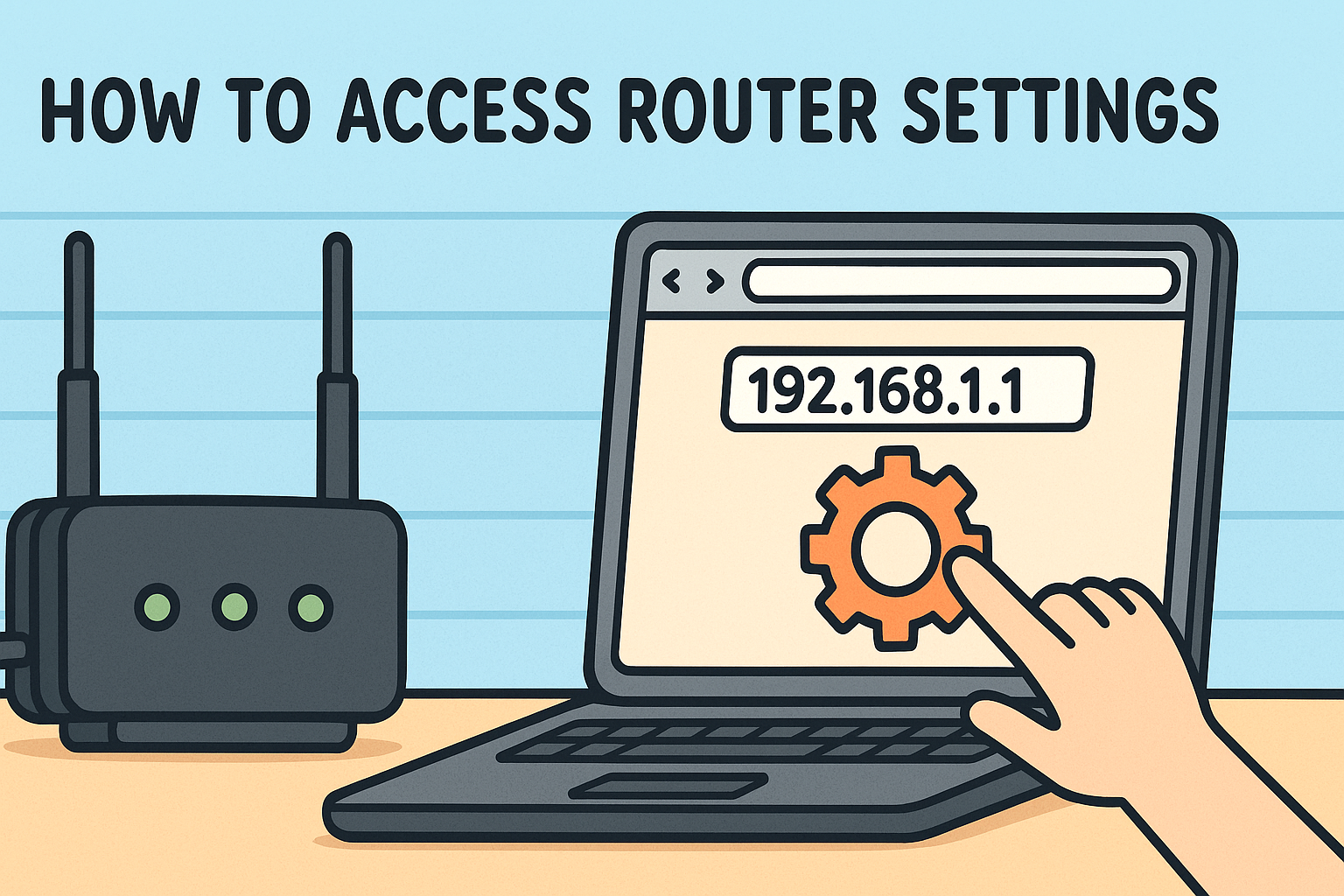
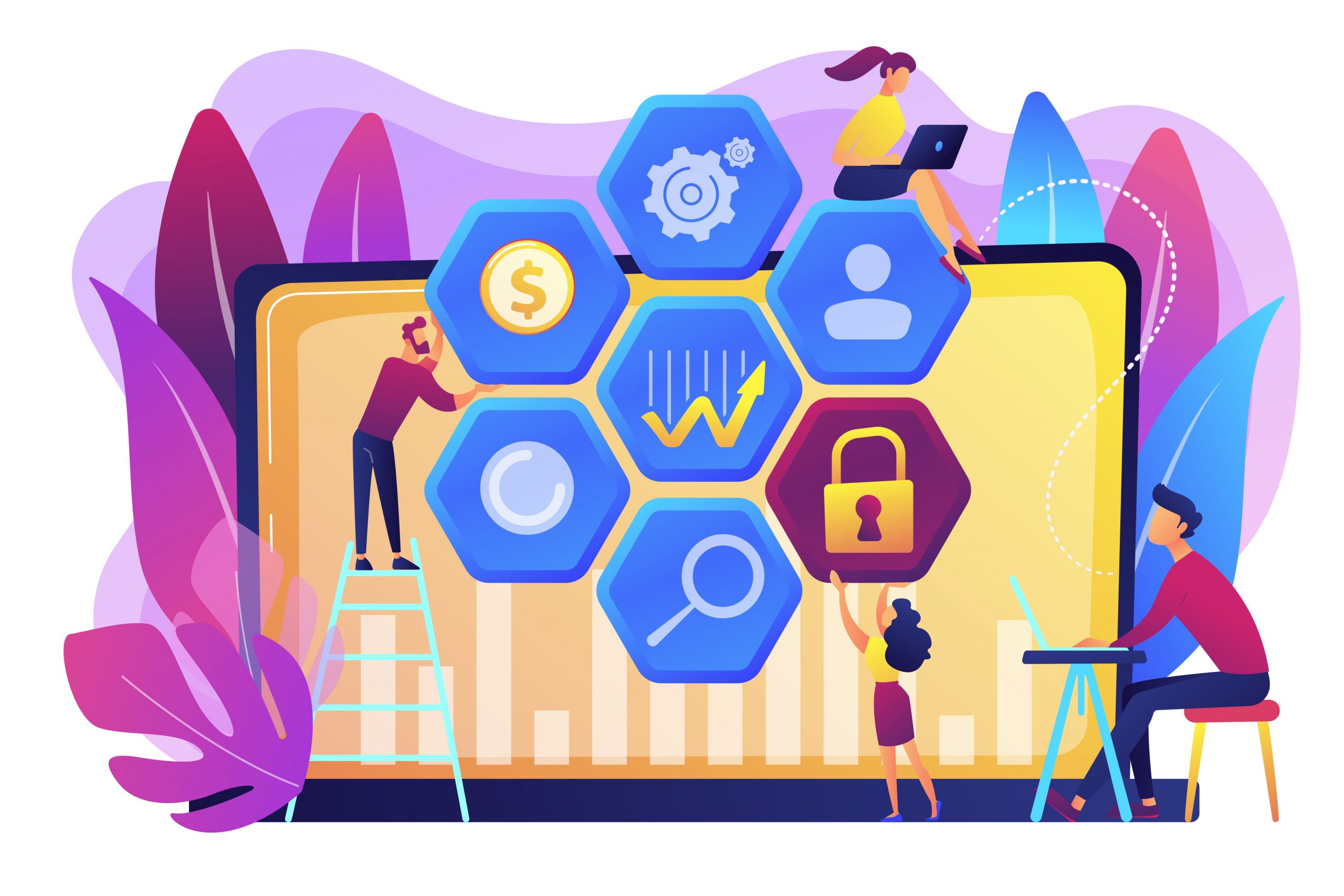
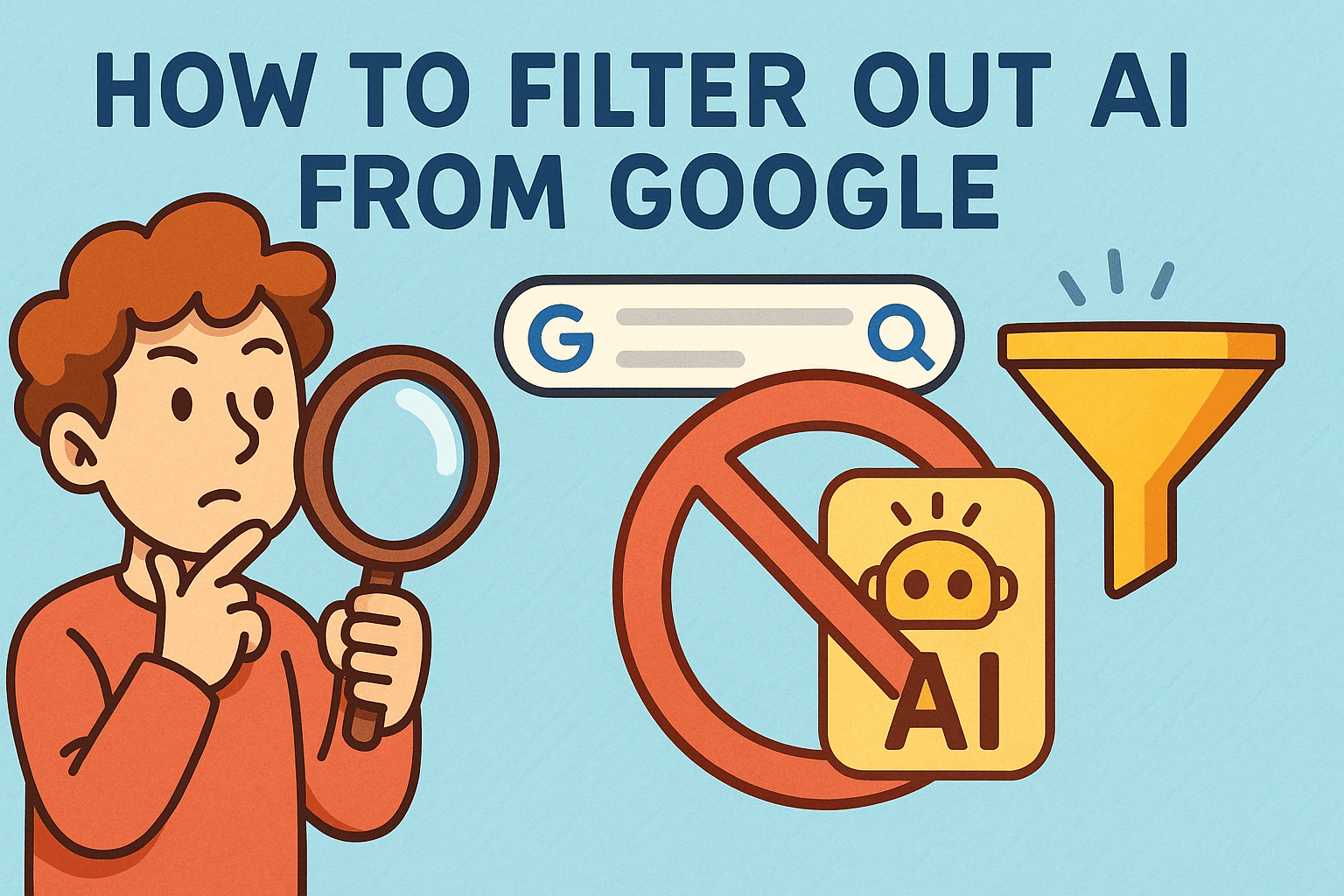
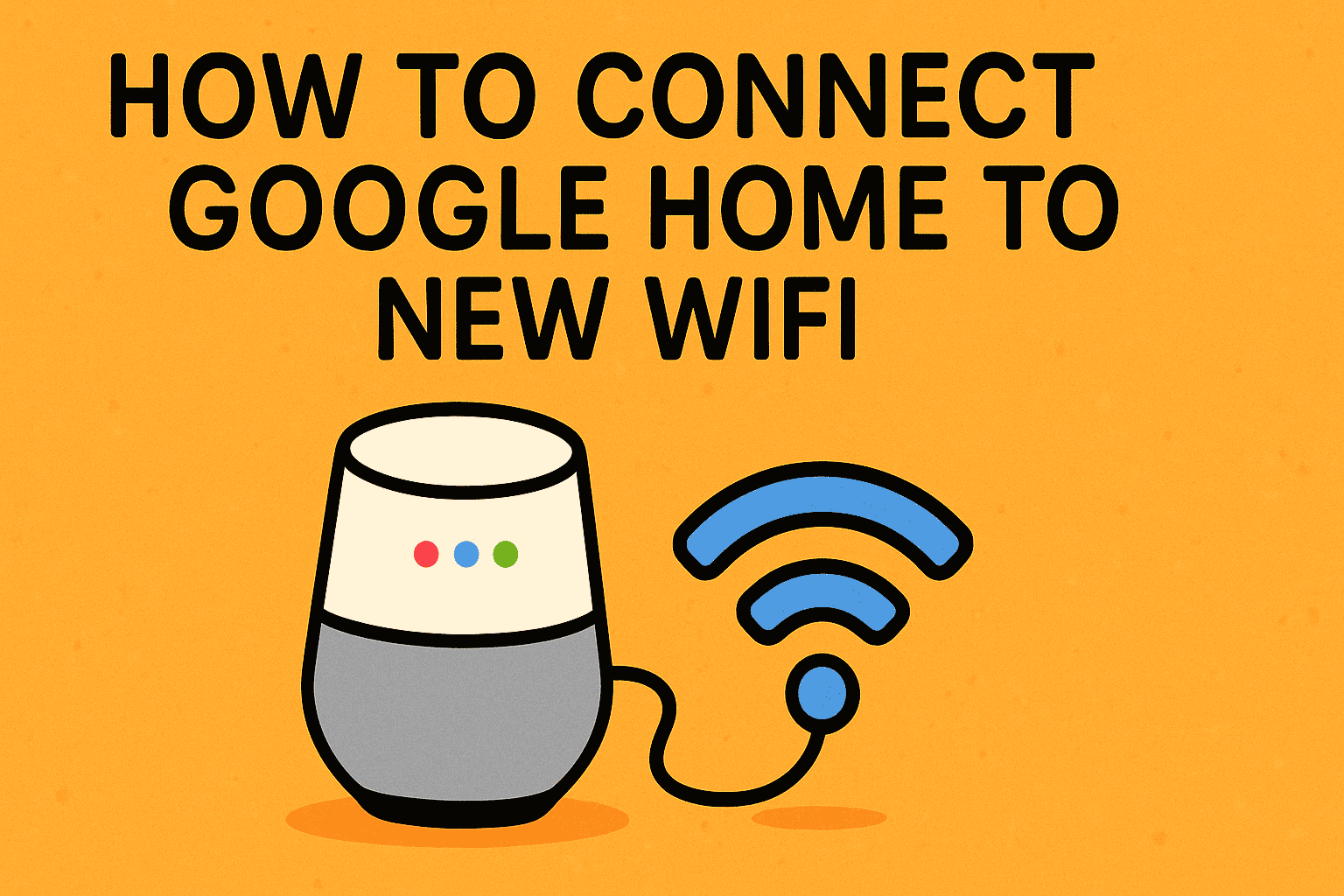
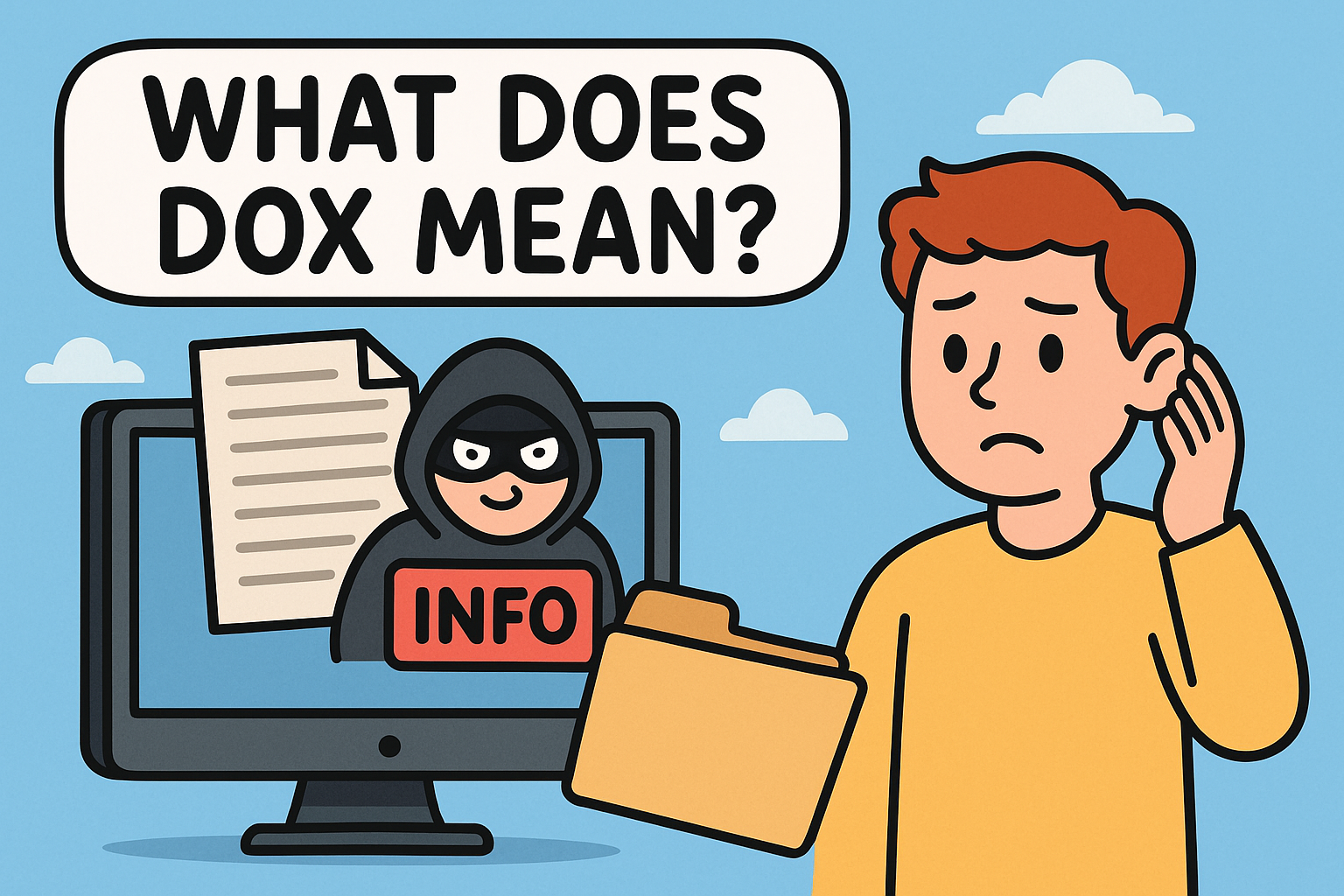
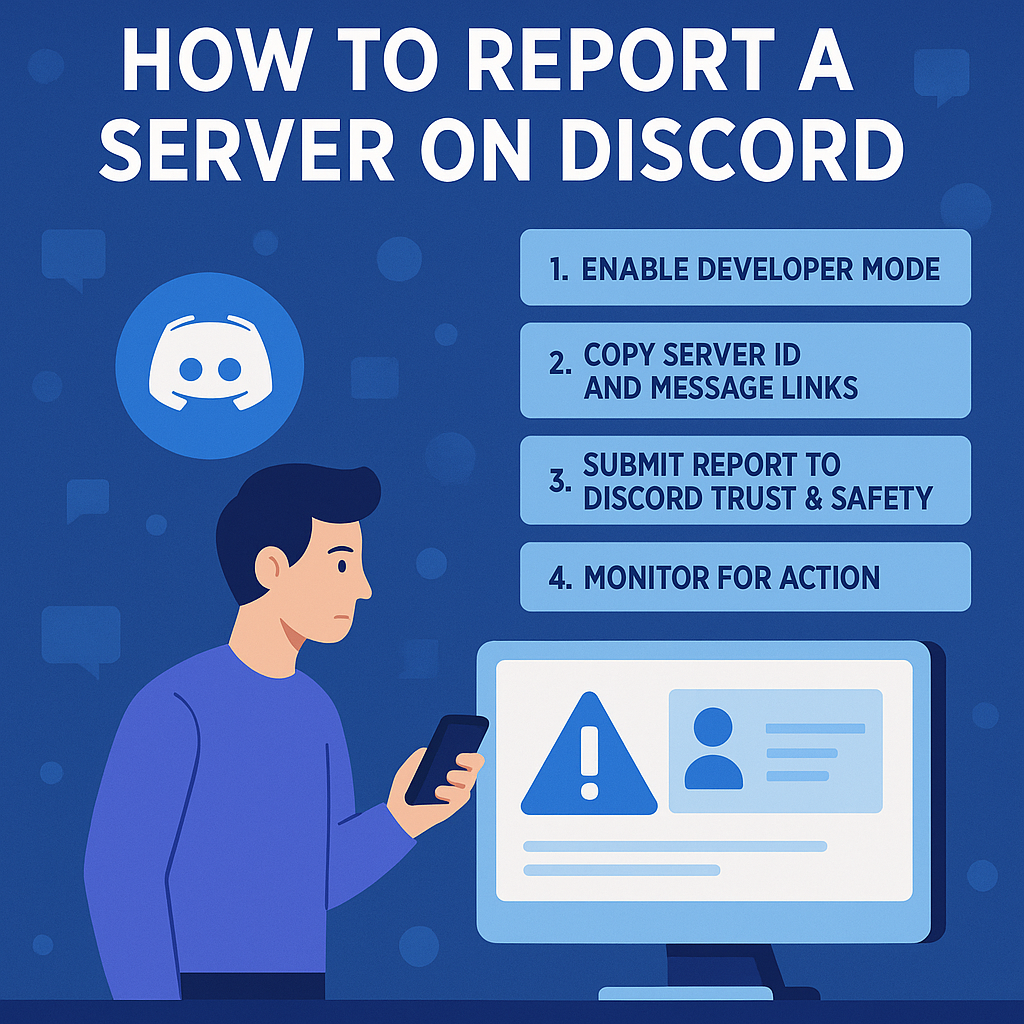


![what is wireless lan]](https://www.xcitium.com/blog/wp-content/uploads/2025/07/what-is-wireless-lan.png)

